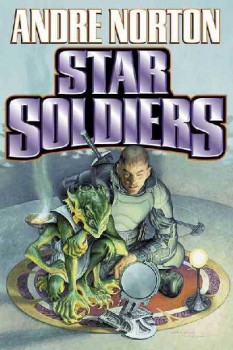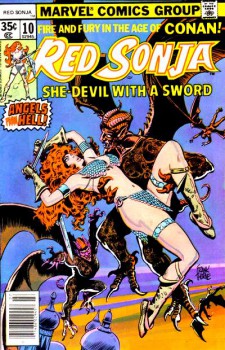Goth Chick News: The Vatican Tapes – We’re Nothing If Not Timely
 Earlier this week, we learned Pope Benedict XVI resigned his post, reportedly due to “advanced age.”
Earlier this week, we learned Pope Benedict XVI resigned his post, reportedly due to “advanced age.”
But could the real reason have anything to do with a misplaced video of a botched exorcism?
Okay, probably not. But as a new pope must be found, so too has a new director been recruited for a long-awaited exorcism tale from Lakeshore Entertainment.
Tuesday Lakeshore released a statement indicating Mark Neveldine, one half of the directing duo behind Gamer, Ghost Rider: Spirit of Vengeance and the two Crank films, will be at the helm of Lakeshore’s possession project, The Vatican Tapes, but without his usual co-director Brian Taylor. James Marsh (Man on a Wire) was in the director’s chair for a while, but dropped out for unknown reasons; advanced age perhaps?
It’s been nearly three years since I’ve heard anything new about the movie, but as far as I can determine the plot line remains the same. The Vatican Tapes follows a series of events depicted on a tape leaked from the Vatican displaying an exorcism that goes horribly wrong. Christopher Borrelli (Con Air, Armageddon) is scripting based on a story envisioned by he and Chris Morgan, but no cast is attached yet and IMDB still lists it as “in development.”
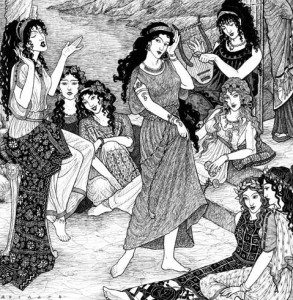


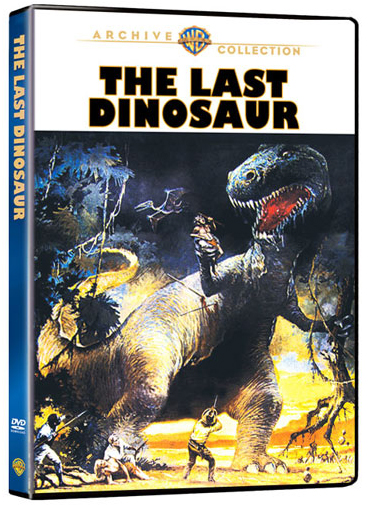
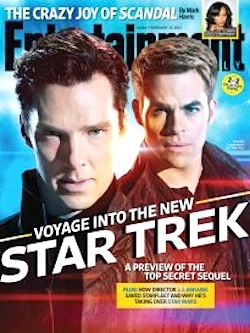
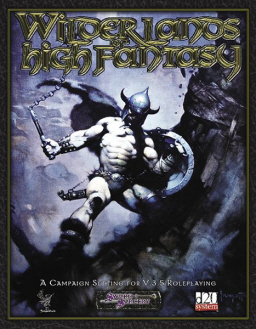
 I’ve been reading Peter Ackroyd’s writing for almost twenty years now, and I’m frankly beginning to fall behind. It’s hard to keep up with the man: he’s produced poetry, fiction, biographies, creative nonfiction, and, most recently, narrative history. One of his nonfiction books, Albion, was subtitled ‘the English Imagination,’ and was an essay or set of essays investigating exactly that; in fact, much of Ackroyd’s work can be seen as an investigation of, or a struggle with, the nature of English literary, historical, and imaginative traditions — especially as manifested in the history of London. And so his current project (or one of them) is an ambitious six-book history of England. Two have been published so far; as I say, I’m behind, and have only just completed the first, Foundation, examining the past of England from prehistory to the end of the Wars of the Roses.
I’ve been reading Peter Ackroyd’s writing for almost twenty years now, and I’m frankly beginning to fall behind. It’s hard to keep up with the man: he’s produced poetry, fiction, biographies, creative nonfiction, and, most recently, narrative history. One of his nonfiction books, Albion, was subtitled ‘the English Imagination,’ and was an essay or set of essays investigating exactly that; in fact, much of Ackroyd’s work can be seen as an investigation of, or a struggle with, the nature of English literary, historical, and imaginative traditions — especially as manifested in the history of London. And so his current project (or one of them) is an ambitious six-book history of England. Two have been published so far; as I say, I’m behind, and have only just completed the first, Foundation, examining the past of England from prehistory to the end of the Wars of the Roses.